14 Tools to Clean and Store Before the Ground Freezes
Getting your tools clean and stored before the ground freezes helps them last longer and work well when spring returns. A quick rinse, dry, and proper storage spot can prevent rust and damage during the cold months. Taking a little time now keeps your gear ready for the next round of yard work.
This post may contain affiliate links, which helps keep this content free. Please read our disclosure for more info.
Garden Hose
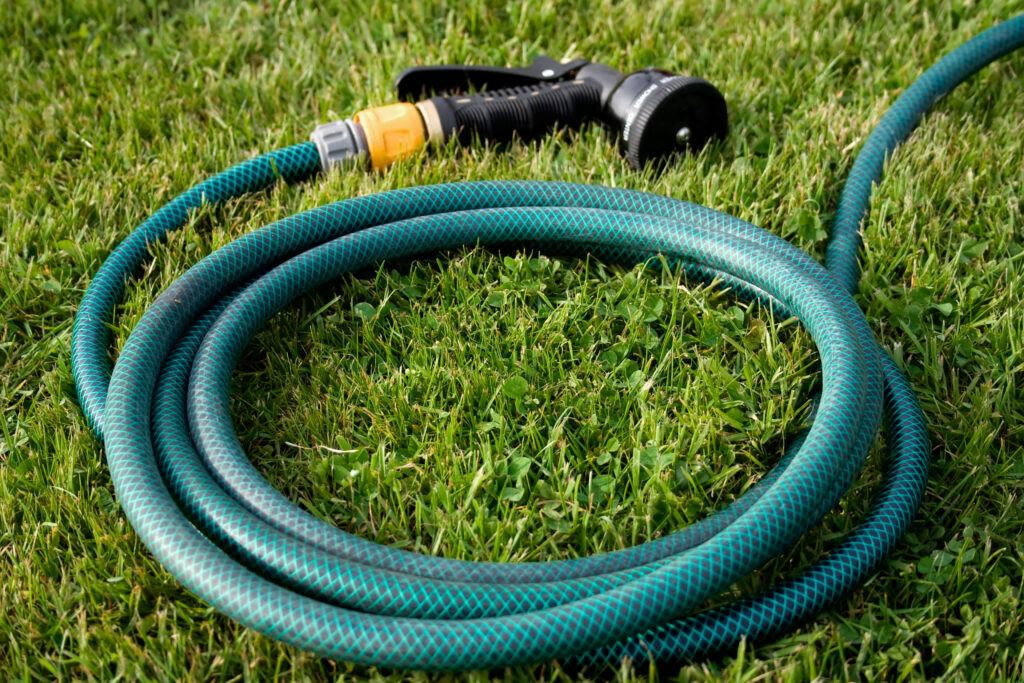
A hose left outside in freezing weather can split once trapped water expands inside it. That is why it needs a full drain before winter sets in. Once it is empty, you can coil it loosely to prevent kinks. A quick check for cracks will help you decide if it needs a repair next spring.
Store your hose in a dry area so moisture does not settle in the tubing. Many people hang it on a simple wall hook to keep it off the ground. This gives the hose space to keep its shape through the cold months. A covered shed or garage works well for this job.
Lawn Mower
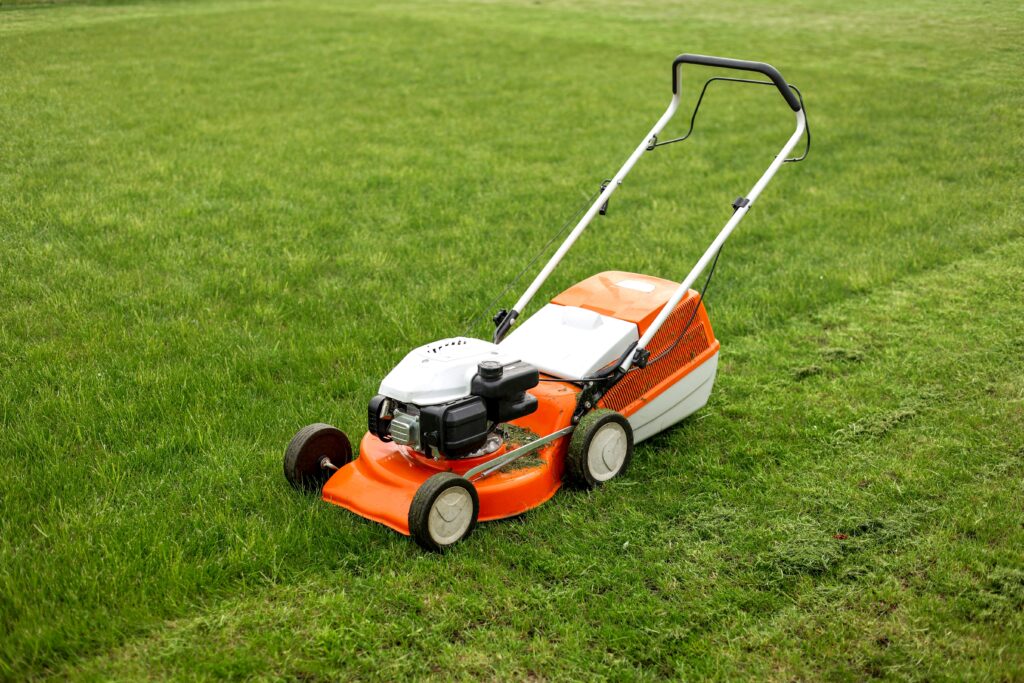
Your mower benefits from a steady clean before storage because leftover grass creates rust. Remove the spark plug first for safety and scrape away any buildup under the deck. The gas tank should be emptied so old fuel does not damage the engine. A wipe down on the exterior helps keep dust away.
Find a flat and dry storage space where your mower can rest without moisture creeping in. Some families place a tarp underneath it for extra protection. You can also cover the mower with a breathable fabric to keep dust from settling. Do not store it where snow or meltwater can reach it.
Leaf Blower

Leaf blowers gather dirt and tiny leaves inside the air intake, so they need regular clearing. You can brush these areas out before placing the tool away for the cold season. Many people wipe down the exterior to remove leftover grime. It takes only a few minutes and sets the blower up for smooth use later.
A dry corner of a shed or garage is the best storage spot. Try to keep the blower off the floor to avoid damp conditions. Some families hang it on a wall hook for extra stability. This also protects the cord if it is an electric model.
String Trimmer
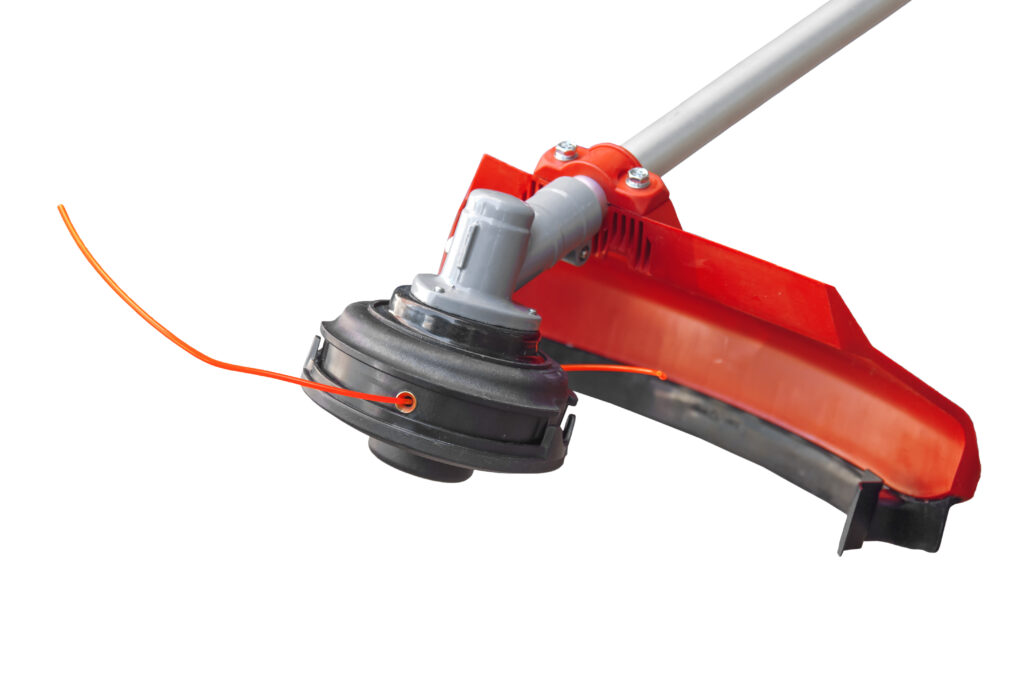
String trimmers tend to hold grass clippings near the guard and head, so cleaning that area matters. Remove extra debris with a brush or cloth until the trimmer looks clear. Check the spool for worn line and replace it if needed. This quick tune up helps the tool start strong next spring.
Place the trimmer in a dry indoor spot where the humidity stays low. Many people store them horizontally on a shelf. Hanging it by the handle also works well if space is limited. Avoid storing it near areas where melted ice can collect.
Hand Pruners
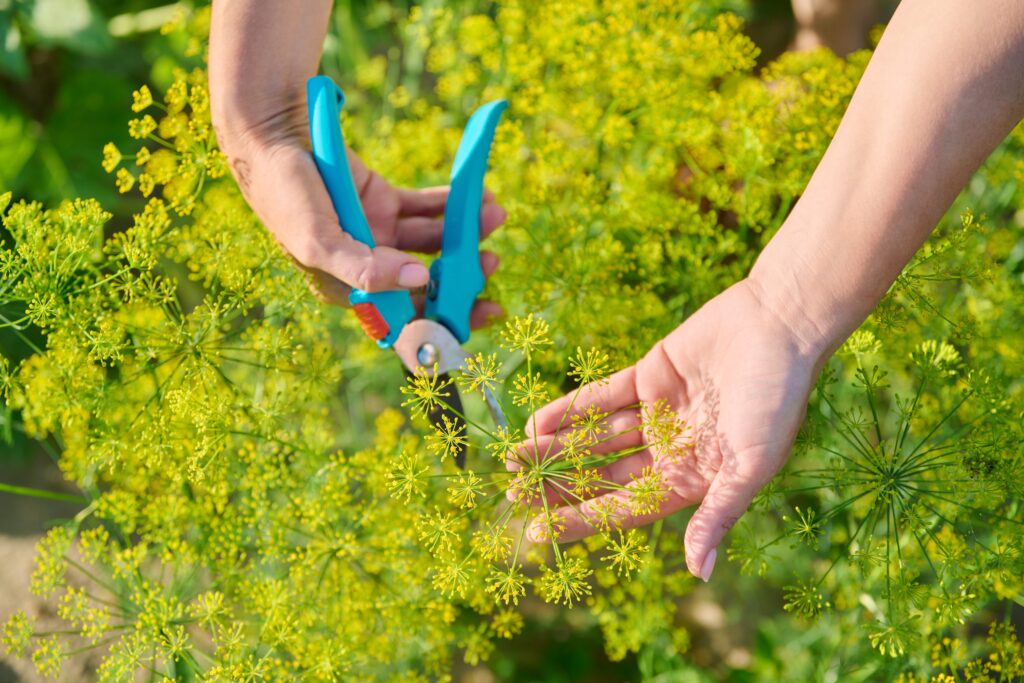
Pruners often develop sticky sap on the blades after fall trimming. You can remove this with warm water and a gentle scrub. Dry the blades right away so rust does not appear. A light sweep with a small brush helps clean tight areas.
Store your pruners in a dry drawer or tool bag so the blades stay protected. Some gardeners wrap them in a soft cloth for extra care. Keeping them tucked away prevents unwanted moisture from reaching the blade. It also helps you find them quickly when spring arrives.
Loppers

Loppers carry the same issues as hand pruners but on a larger scale. Sap and dirt stick to the long blades, so a clean rinse helps. Make sure to dry them all the way because moisture hides in the hinge. A simple wipe with a cloth keeps them ready for long branches.
Hang loppers on a garage wall where the blades stay off damp surfaces. Keeping them vertical helps prevent warping during the cold season. You can store them in a tool shed too as long as the area stays dry. This keeps the hinge and blades in good shape.
Garden Rakes
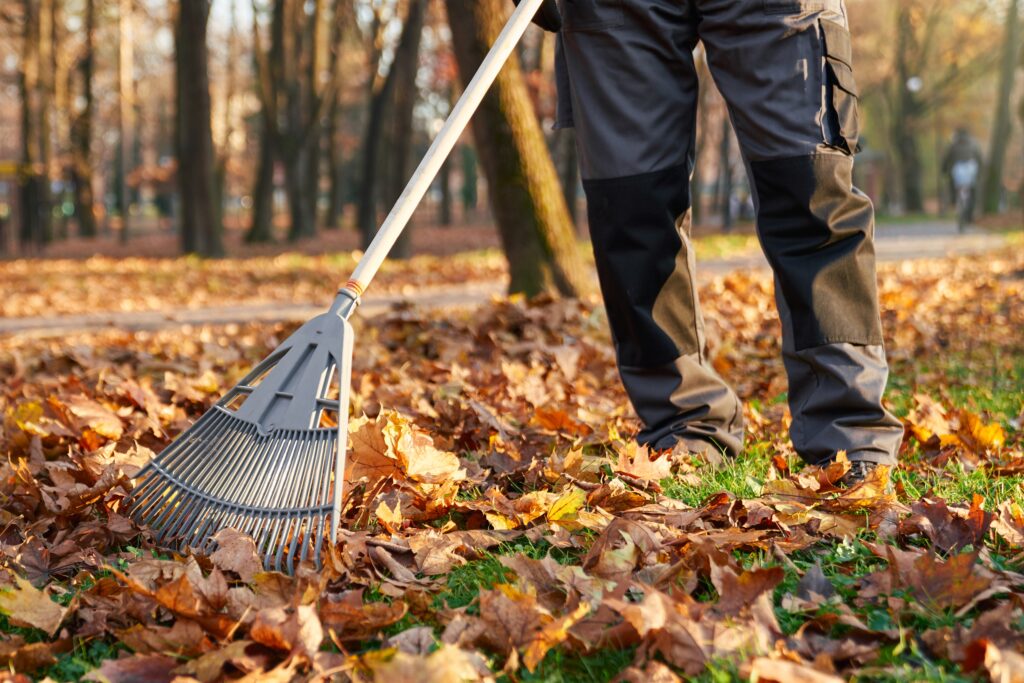
Rakes collect leaves, dirt, and small stones between their tines. Shake out loose debris and wipe off anything left behind. If your rake has a wooden handle, check for rough spots. A quick sand helps prevent splinters later on.
Storing a rake upright keeps the tines from bending. A simple hook or corner rack does the job. Try to put it somewhere away from melting snow. Wood handles last longer when they stay dry through the winter.
Shovels and Spades

These tools often carry clumps of dirt stuck near the blade. Tap the blade gently to knock off hardened soil. If anything remains, give it a rinse and dry it well. This extra care prevents rust from forming.
You can hang shovels and spades on a wall or place them in a corner rack. Make sure the blades do not rest on wet floors. A dry shed or garage protects the handles too. Keeping them upright helps them stay ready for spring projects.
Wheelbarrow
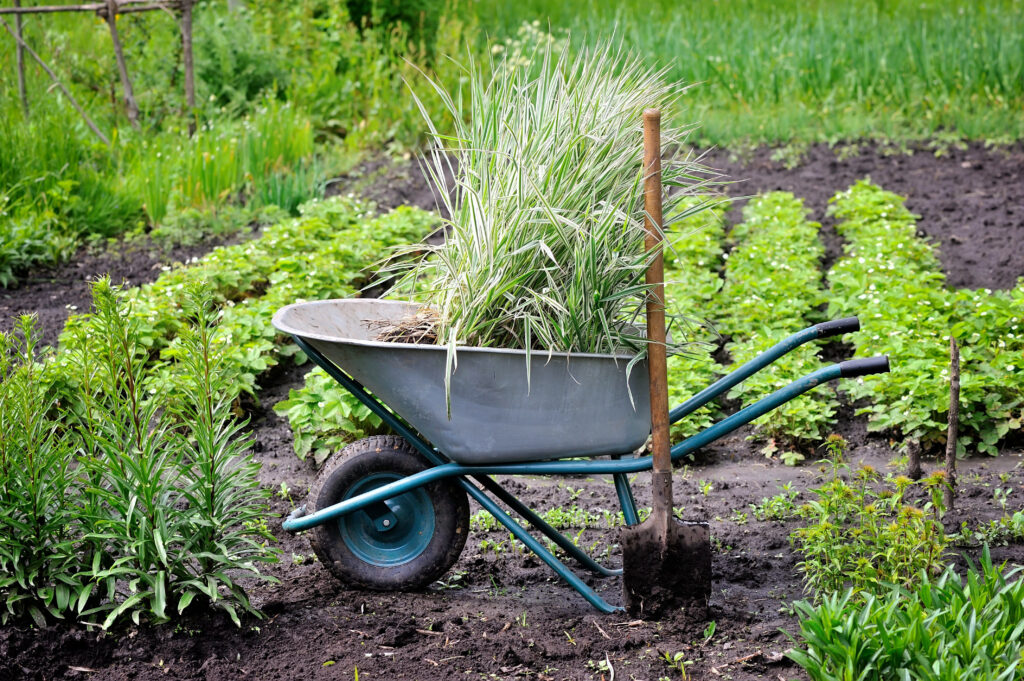
A wheelbarrow gathers soil and leaves in the tray after fall cleanups. Turn it over to empty everything inside. If the tray is muddy, spray it down and let it dry. The tire should also be checked for sagging.
Store the wheelbarrow upside down if space is tight. Some families hang it on hooks to save floor room. Keep it out of rain or melting snow so the tray does not rust. A covered area keeps the tire in better shape.
Garden Gloves
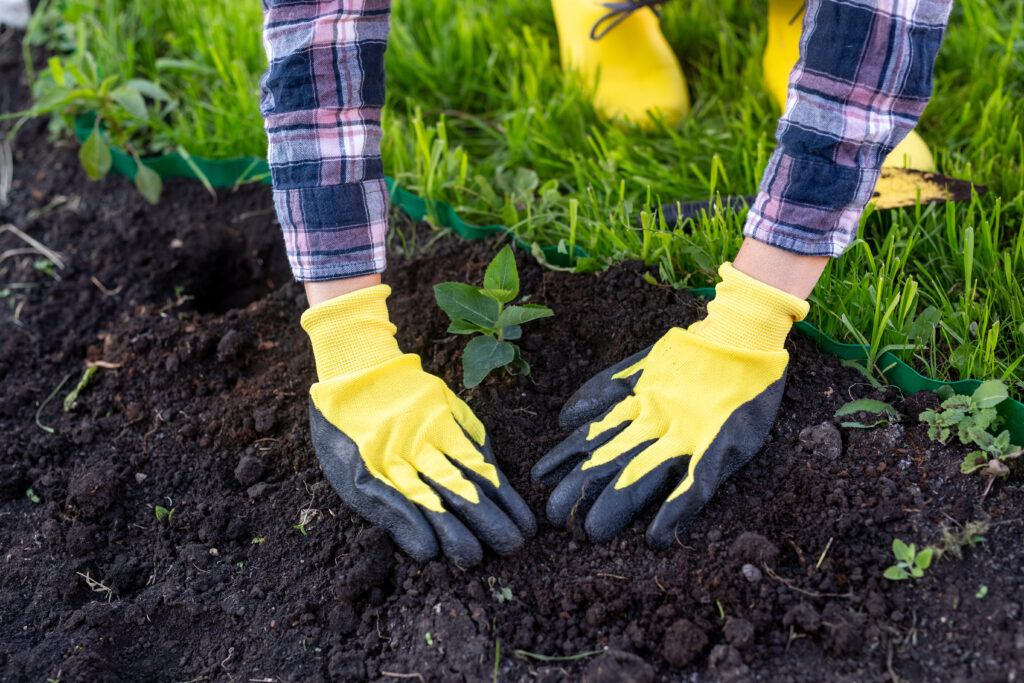
Gloves collect dirt, moisture, and plant sap during fall work. Shake them out and wash them if the fabric allows it. Let them dry fully so no mildew forms. Check the fingertips for thinning spots.
Place your dry gloves in a clean bin or drawer for winter. You can pair them with other small hand tools so everything stays together. A dry place protects the fabric from damage. This makes them ready for early spring chores.
Patio Furniture Covers

Covers often gather dust, pollen, and fallen leaves. Shake them out and wipe them with a damp cloth. Dry them well to stop mildew from forming. This helps them last through many seasons.
Fold the covers neatly once they are dry. A plastic bin keeps them safe from moisture during winter. Keep the bin in a dry and clean space like a garage. This makes it easy to grab them when warm weather returns.
Watering Cans
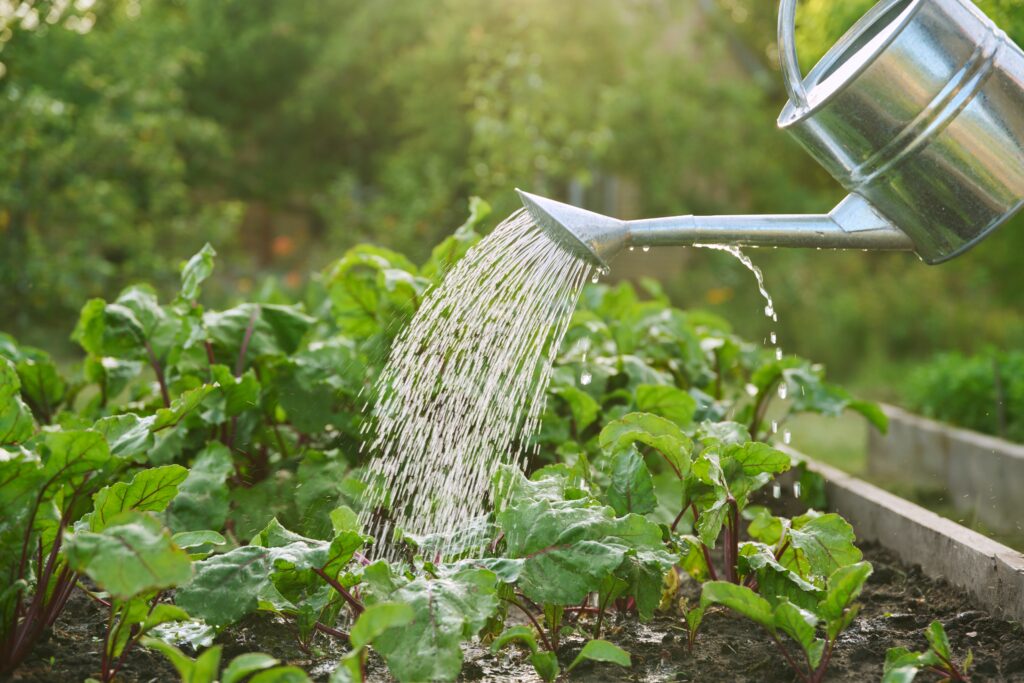
Watering cans can freeze and crack if any water remains inside. Empty them fully and shake out extra drops. You can rinse them quickly to remove sediment. Let them dry upside down before storing.
Place watering cans on a shelf in your garage or mudroom. Keeping them indoors prevents cold damage. Metal cans last longer when they stay dry all winter. This simple step saves you from buying new ones in spring.
Sprinkler Attachments
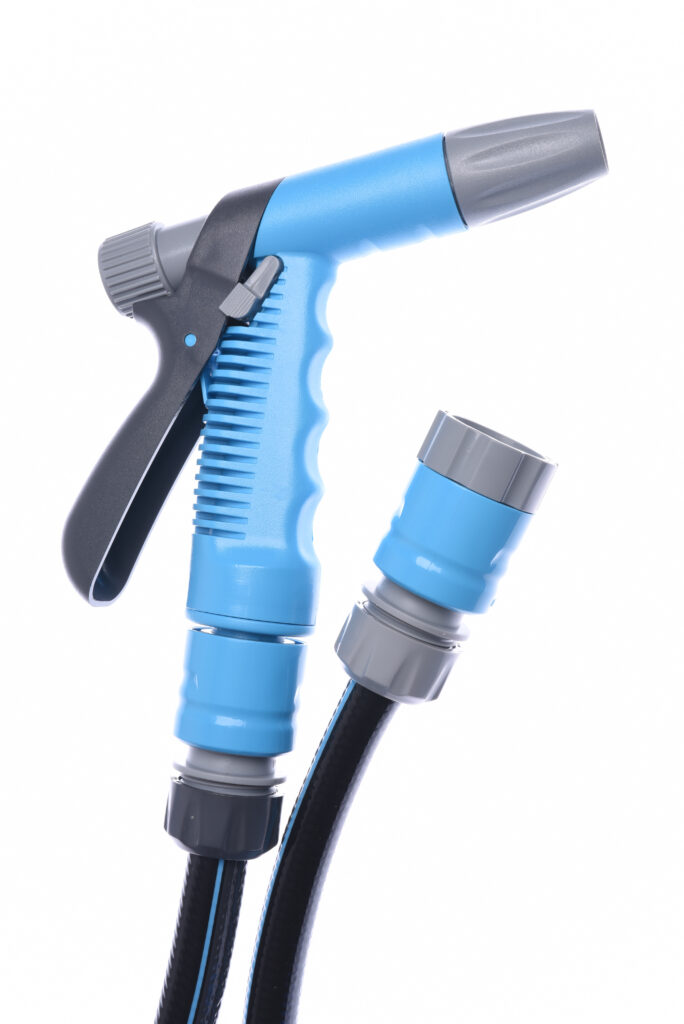
Sprinkler heads and nozzles trap small bits of debris from fall watering. Rinse them out so water flows well next time. A soft brush can reach the tiny openings. Let them dry before putting them away.
Store these attachments in a small bin to keep them together. Moisture can damage metal threads, so choose a dry shelf. You can label the bin to make spring setup easier. Keeping them organized helps you start watering quickly when the weather warms up.
Garden Totes and Tool Bags

Garden bags hold soil, gloves, and small tools that leave behind dust. Shake out the entire bag and wipe the inside. Check the seams for worn spots too. A dry bag prevents mold and mildew.
Store totes and bags in a clean indoor area. Many people place them on a shelf to keep the fabric from sagging. A dry basement or garage works well for this. The bag will be ready once you pack it again for spring chores.
This article originally appeared on Avocadu.
